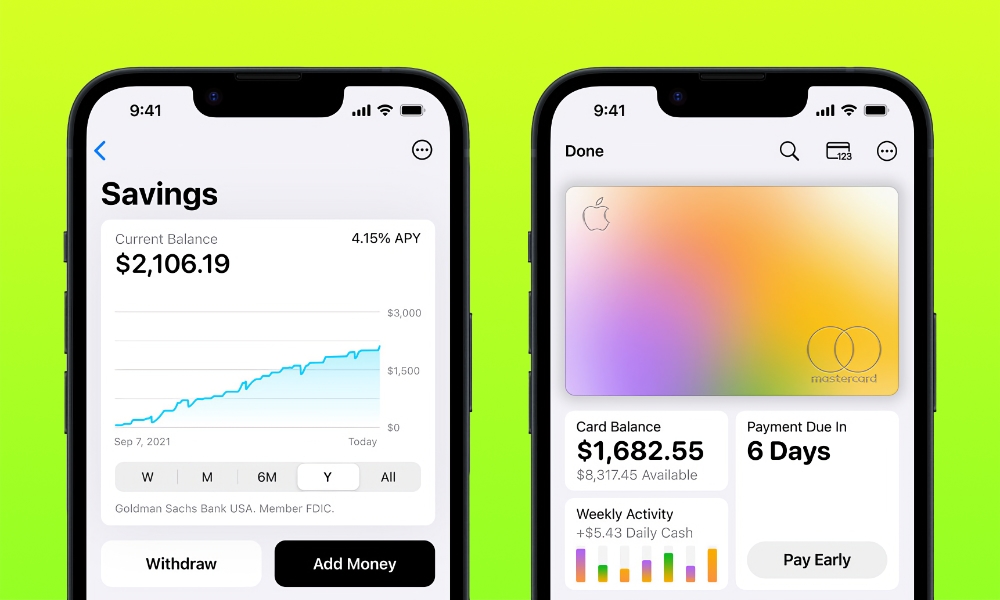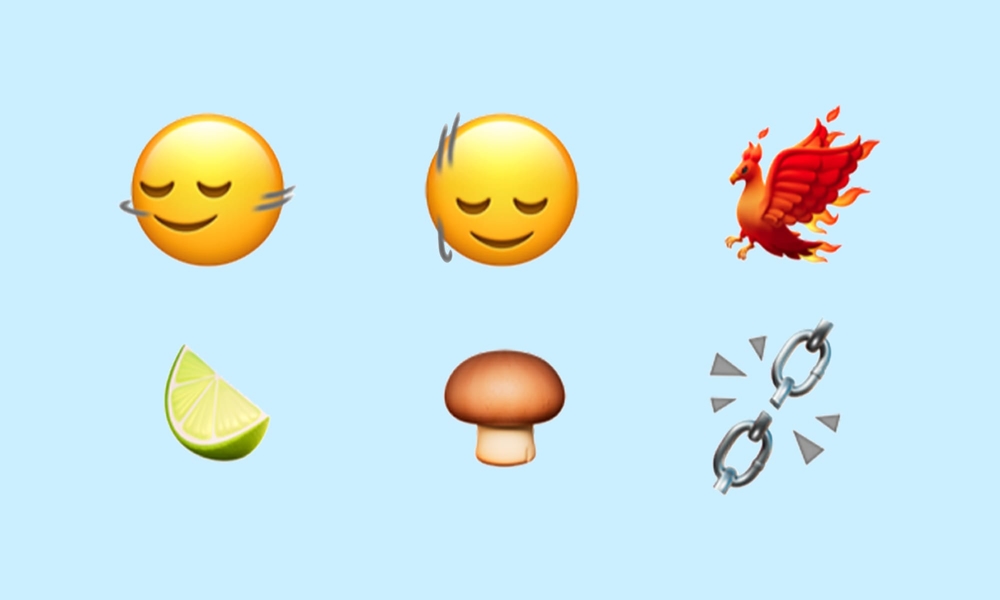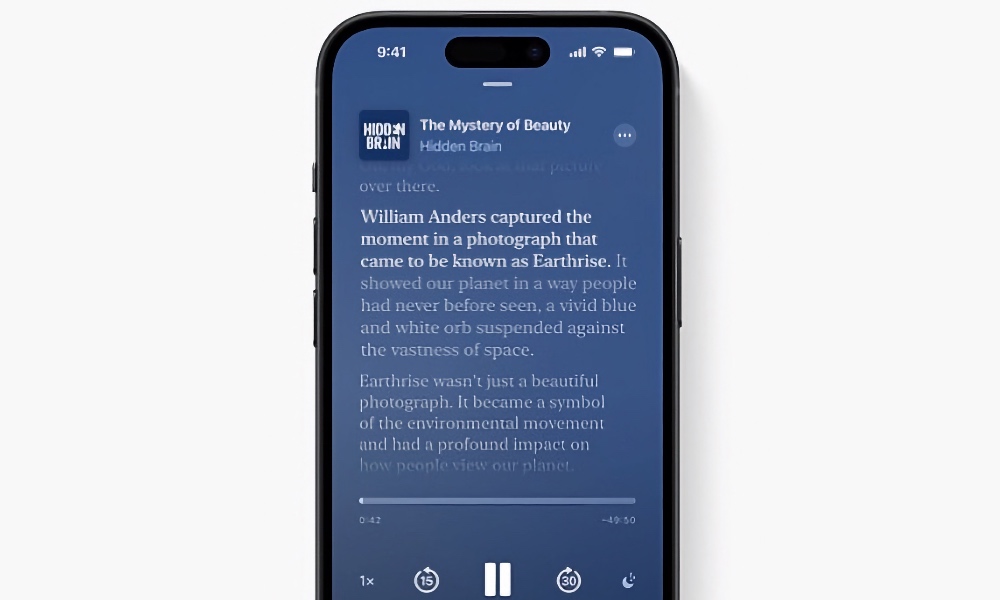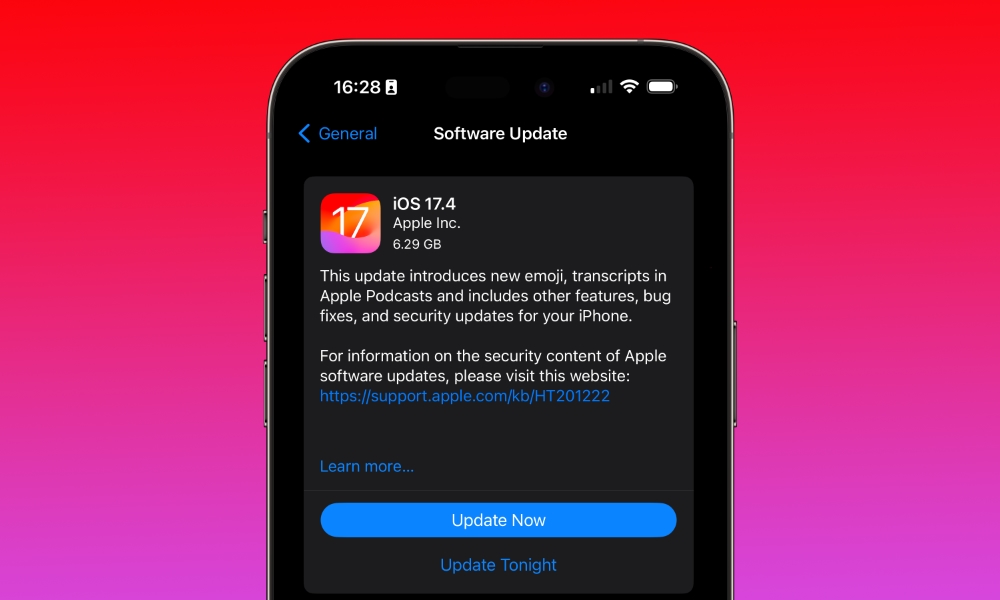Apple Releases iOS 17.4 with New Emoji, Transcripts in Apple Podcasts + More
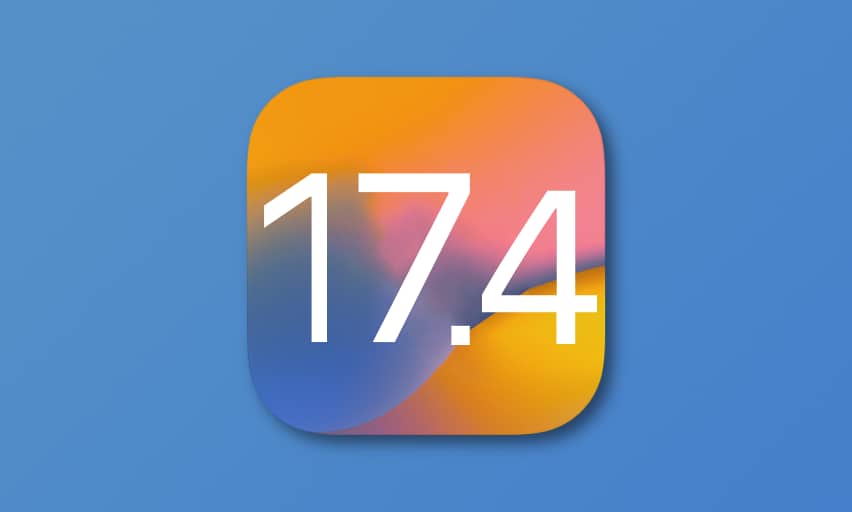
Toggle Dark Mode
With the European Union’s Digital Markets Act expected to go into effect this week, we were pretty much marking our calendars for a release of iOS 17.4 today — an important update for the 27 EU member countries that brings some significant changes to the way apps will be distributed on that continent.
As significant as those changes are for European iPhone owners, today’s release of iOS 17.4 also has a few things for the rest of us to enjoy.
By now, there aren’t any huge surprises here, as we’ve seen nearly everything unfold over the past few betas, and Apple spilled most of the beans in the notes for last week’s Release Candidate. Still, now that everyone can get their hands on iOS 17.4, it’s worth recapping what’s new, as well as a couple of small surprises that Apple has for us.
Apple Card, Cash, and Savings Transactions for Budgeting Apps
One new iOS 17.4 feature we didn’t see coming in the release notes is expanded support for third-party budgeting apps to read Apple Card, Apple Cash, and Apple Card Savings account transactions. This makes it much easier for your favorite budgeting app to import this data from your online banking accounts.
As of today, Copilot and Monarch have already added support, and YNAB has announced it’s rolling out starting today.
The process is integrated into iOS 17.4, so it’s far more secure than most online imports these apps use since there’s no need to provide credentials. Instead, the accounts are linked on your iPhone directly in iOS 17.4, where you can choose which accounts you want to import and how much transaction history you want to add.
New Emoji
The most significant thing that the general release of iOS 17.4 brings to the table is support for the new Emoji 15.1 specification. While those new emojis appeared in the first iOS 17.4 beta in late January, they haven’t been widely usable until now since both the sender and the recipient need to be running at least iOS 17.4 to see them.
For instance, if you were running the beta, you could send a new brown mushroom, fiery phoenix, or lime to one of your friends, but if they were still running the iOS 17.3 release, they’d get double-emoji combos of a normal mushroom and a brown square, a bird and a flame, or a lemon and a green square. That will still be the case until they update to iOS 17.4, but at least now, everyone can — and everyone should.
Important Security Fixes
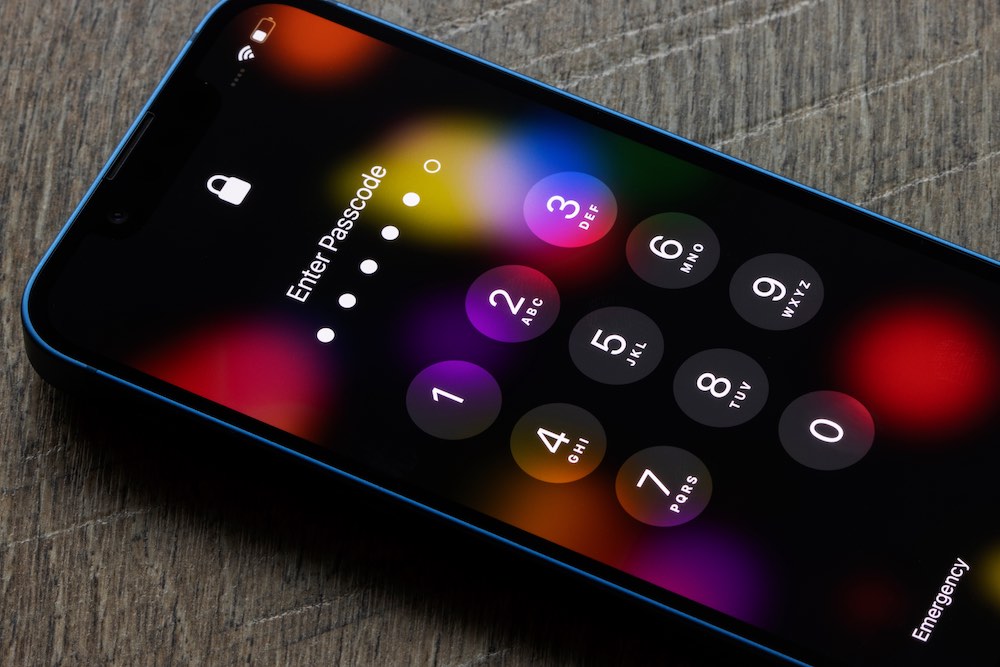
That’s because iOS 17.4 also includes some critical security patches for four issues, at least two of which have already been exploited, according to Apple’s engineers and security researchers.
Almost every iOS release these days addresses security flaws, which is a good enough reason to update even if you don’t need the new feature. In this case, iOS 17.4 fixes an Accessibility flaw that could allow apps to read sensitive location information and a bug in Safari Private Browsing that could let someone briefly view your locked tabs when switching between tab groups.
However, the really dangerous ones are core flaws in the Kernel and RTKit frameworks that could allow apps to “bypass kernel memory protections,” creating an opening for malware to get into your iPhone and possibly even read data from places it shouldn’t be able to access. Apple says it’s “aware of a report that [these issues] may have been exploited.”
Transcripts in Apple Podcasts
Once you install iOS 17.4, you’ll be able to read along with your favorite podcasts. Apple has been doing AI voice analysis on the back end to add transcripts to just about every English, Spanish, French, and German podcast available in its catalog, with the last few weeks of episodes ready to go and older ones being added over time.
These transcripts work a lot like lyrics in Apple Music, letting you follow along and tap on a section to skip forward or backward to that part of the podcast. They’re also fully searchable.
What Else is New in iOS 17.4
In addition to those more significant new features, iOS 17.4 also brings a few other smaller tweaks and enhancements:
- Developers can now turn off gesture-based reactions in video calling apps so you won’t have to be embarrassed by fireworks or confetti coming up during an online therapy session or business meeting.
- A new setting for Stolen Device Protection lets you enforce biometric authentication (Face ID or Touch ID) with a one-hour delay before you can change any critical information such as your Apple ID password or Find My settings. Previously, that delay would only be enforced when you’re away from a trusted location such as your home or workplace.
- New Messaging with Siri features, found in Settings > Siri & Search, lets you have Siri announce received messages in other languages.
- You can add recognized songs directly to an Apple Music Playlist when using the iPhone’s built-in Shazam feature.
- iPhone 15 owners can now see their battery cycle count, manufacture date, and date of first use in Settings > Battery.
- You can add virtual card numbers to Apple Cash to use your card at merchants that don’t accept Apple Pay.
- An Apple-verified business name, logo, and department name will appear for incoming calls when available, and Messages for Business can provide trusted information for order status, flight notifications, fraud alerts, or other transactions you opt into.
- You’ll no longer need to set a default music service in the _Home_ app. Instead, your HomePods can now figure this out for themselves.
In addition to the security patches mentioned earlier, iOS 17.4 also fixes two bugs related to contact pictures appearing blank in Find My and Dual SIM users seeing phone numbers automatically change.
iOS 17.4 is available now for all iPhone models capable of running previous versions of iOS 17. You can check for it in the usual spot, under Settings > General > Software Update.


